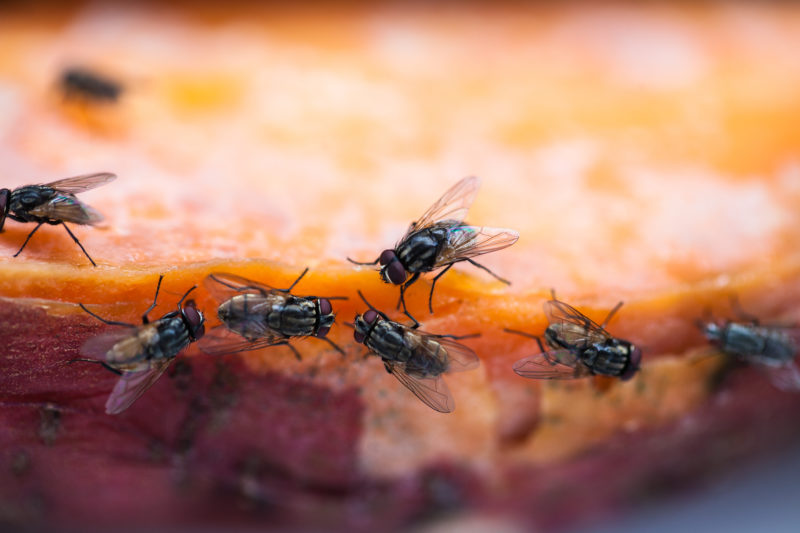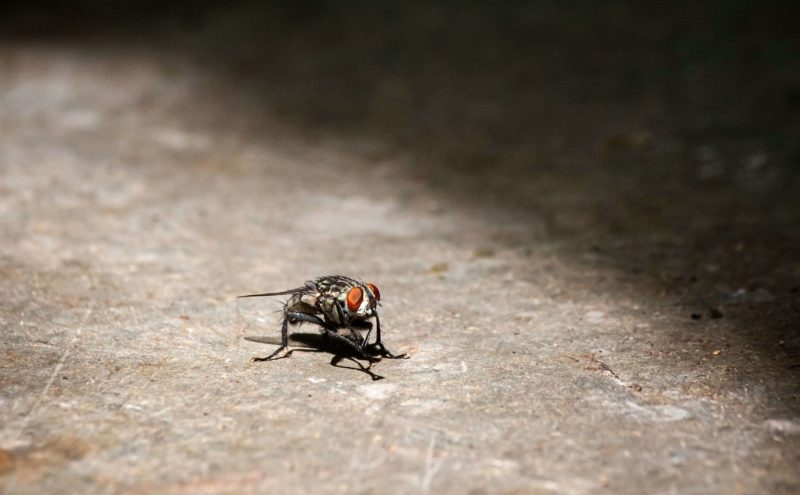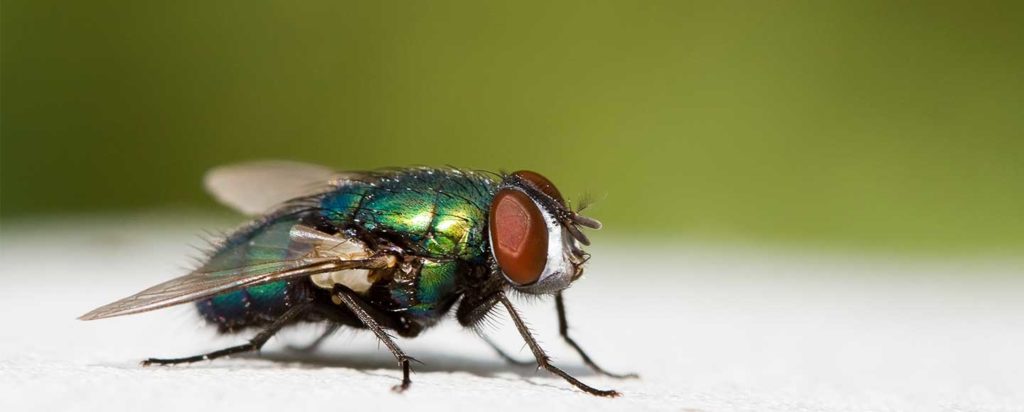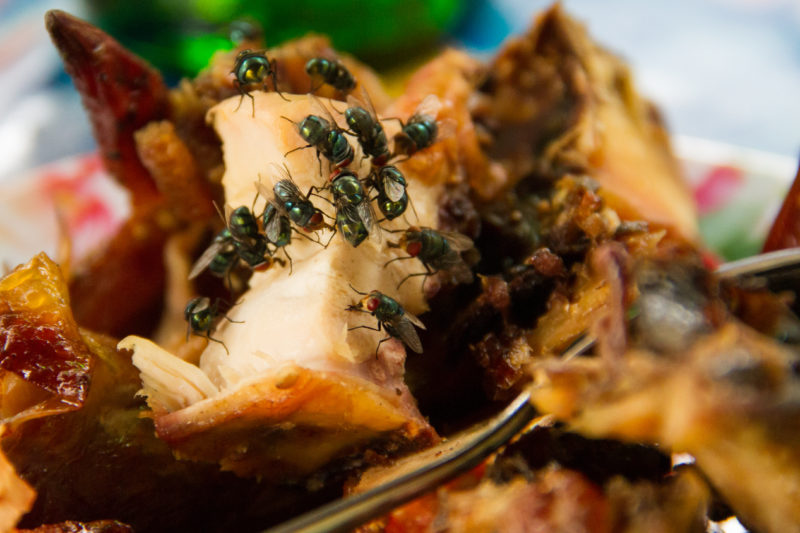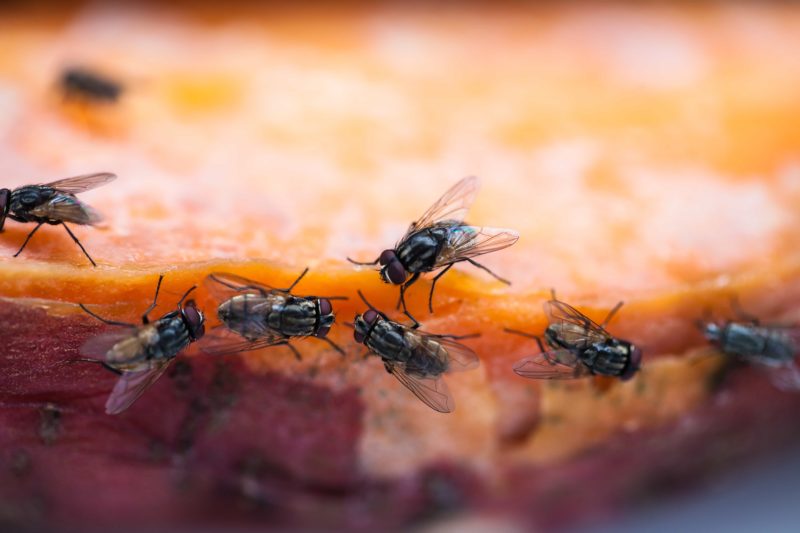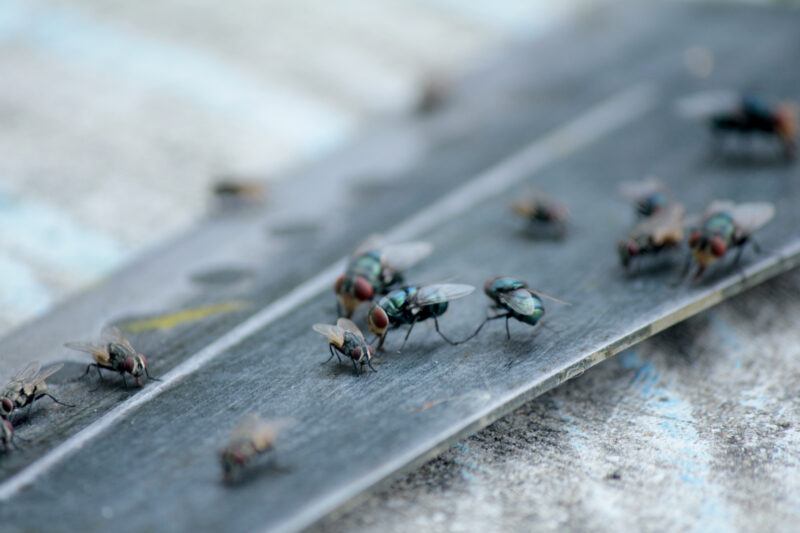Flies
Flies are a persistent nuisance, especially during warmer months, posing health risks by contaminating food and spreading diseases like salmonella, dysentery, and cholera. Flick’s expert pest control services eliminate flies from homes and businesses using a combination of advanced treatments including insecticides, traps, and preventive measures.
Fly pest control treatments typically involve identifying the source of the infestation, applying insecticides to kill adult flies, and implementing measures to prevent future fly problems. There are various methods of fly control, including chemical sprays, baits, traps, and fly screens. The goal is to eliminate flies at all stages of their life cycle and create an environment that is not conducive to their reproduction. Proper fly pest control is essential to maintaining hygiene and preventing the spread of diseases that flies can carry.
Give them the Flick for good with the help of our Flying Insect Control (FIC) solutions. Controlling flies is more difficult than it appears and involves more than the use of a fly swatter! For comprehensive fly control and to protect your property from future infestations, contact Flick Pest Control today for a customized solution.
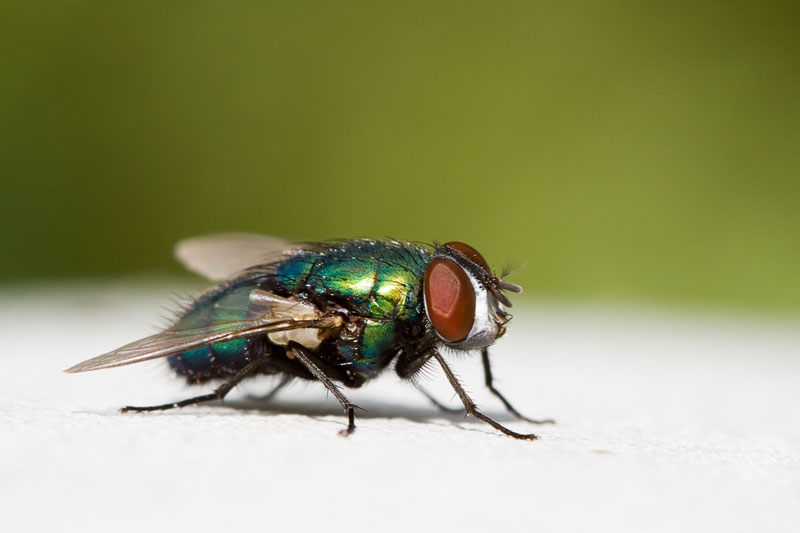
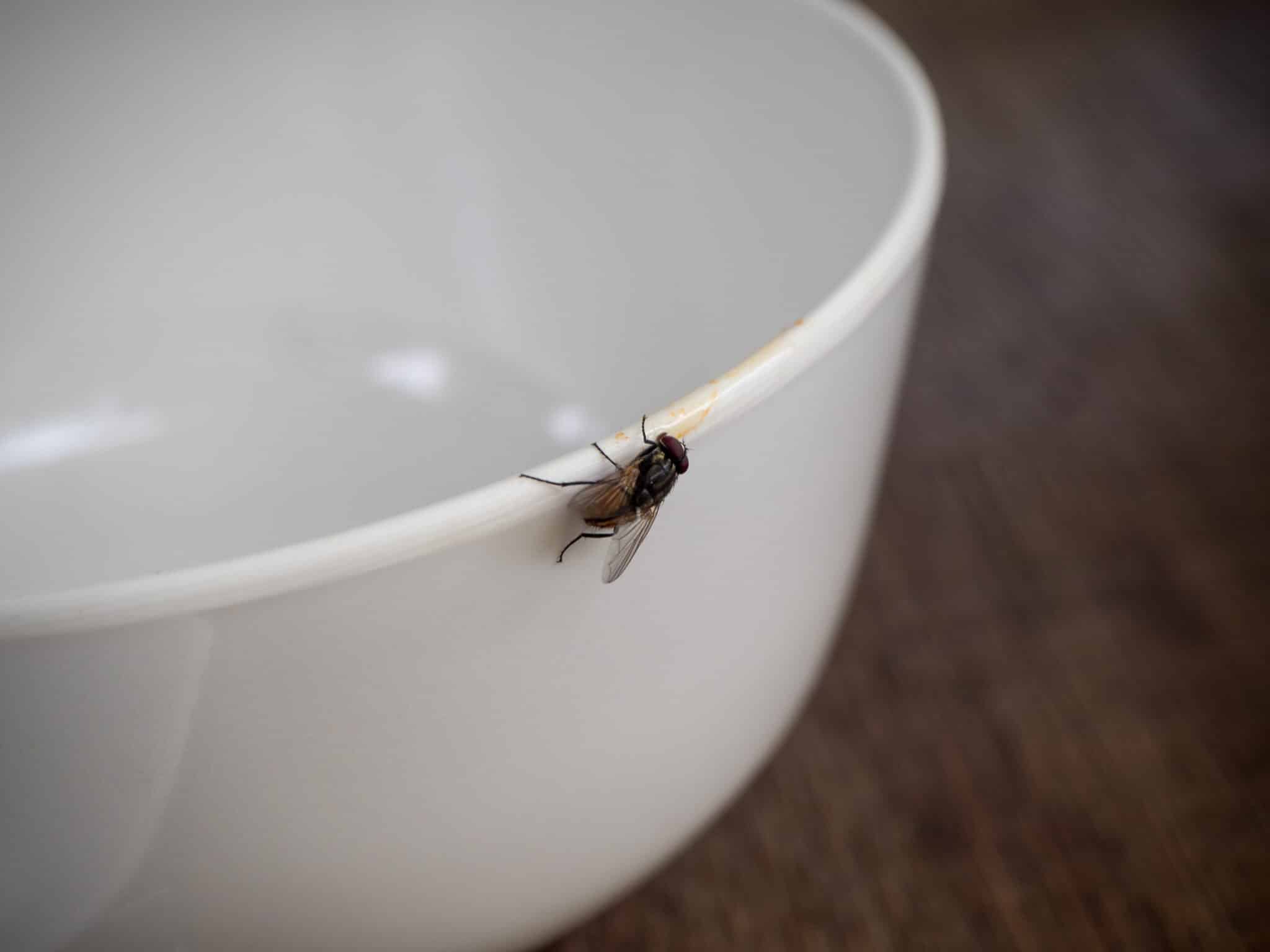
Effective Fly Prevention Measures
- Sanitation: Clean food spills promptly, dispose of waste correctly.
- Screens & Seals: Use fly screens on doors and windows to block entry.
- Eliminate Breeding Grounds: Keep drains and bins clean to prevent flies from laying eggs.
- Fly Control Devices: Install Flying Insect Control units in high-risk areas.
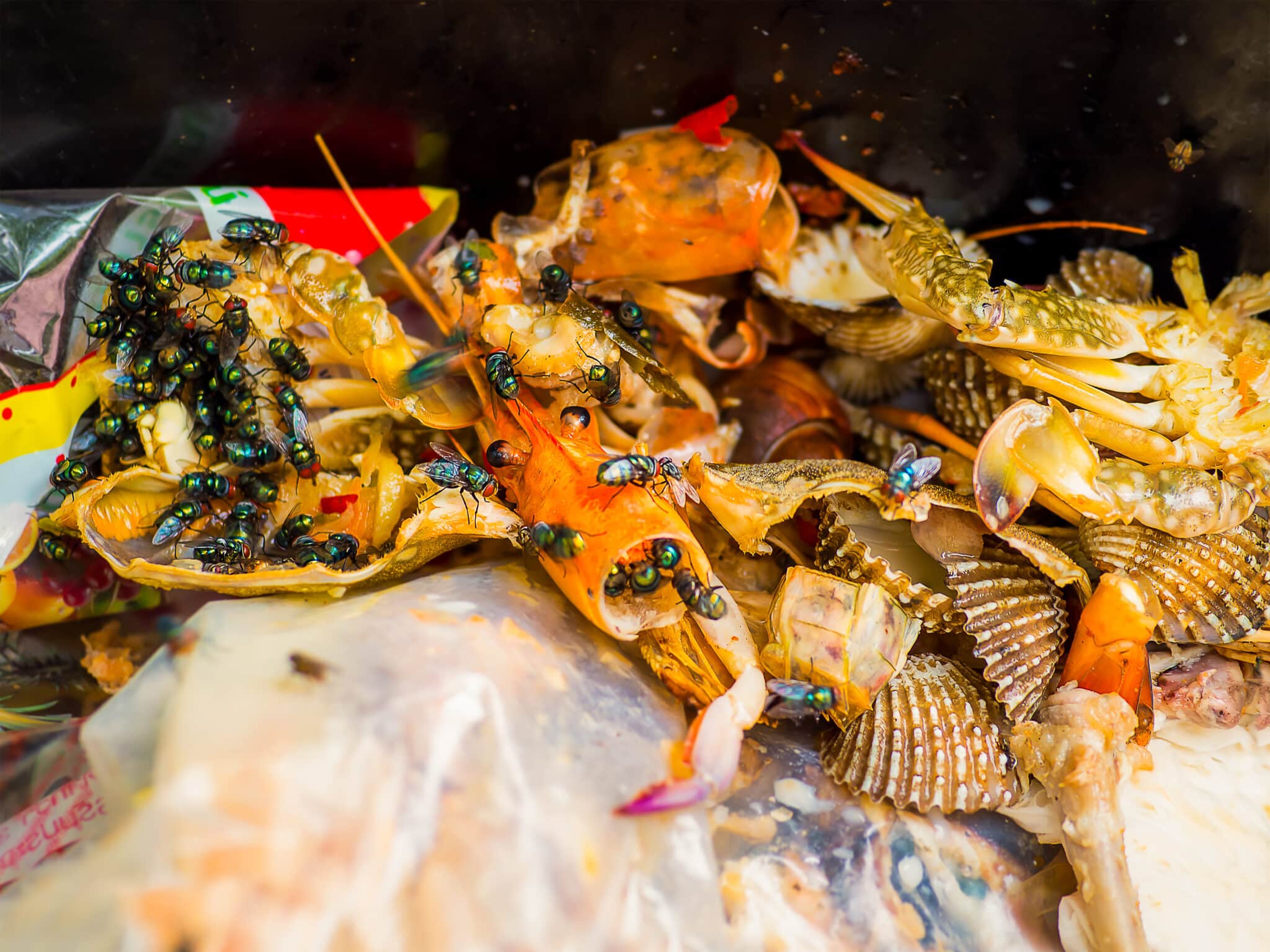
How Flick Treats Fly Infestations
Flick’s process includes identifying the fly species, finding breeding grounds, and treating with eco-friendly solutions. We target all life stages, ensuring long-term fly control and reducing the risk of re-infestation.
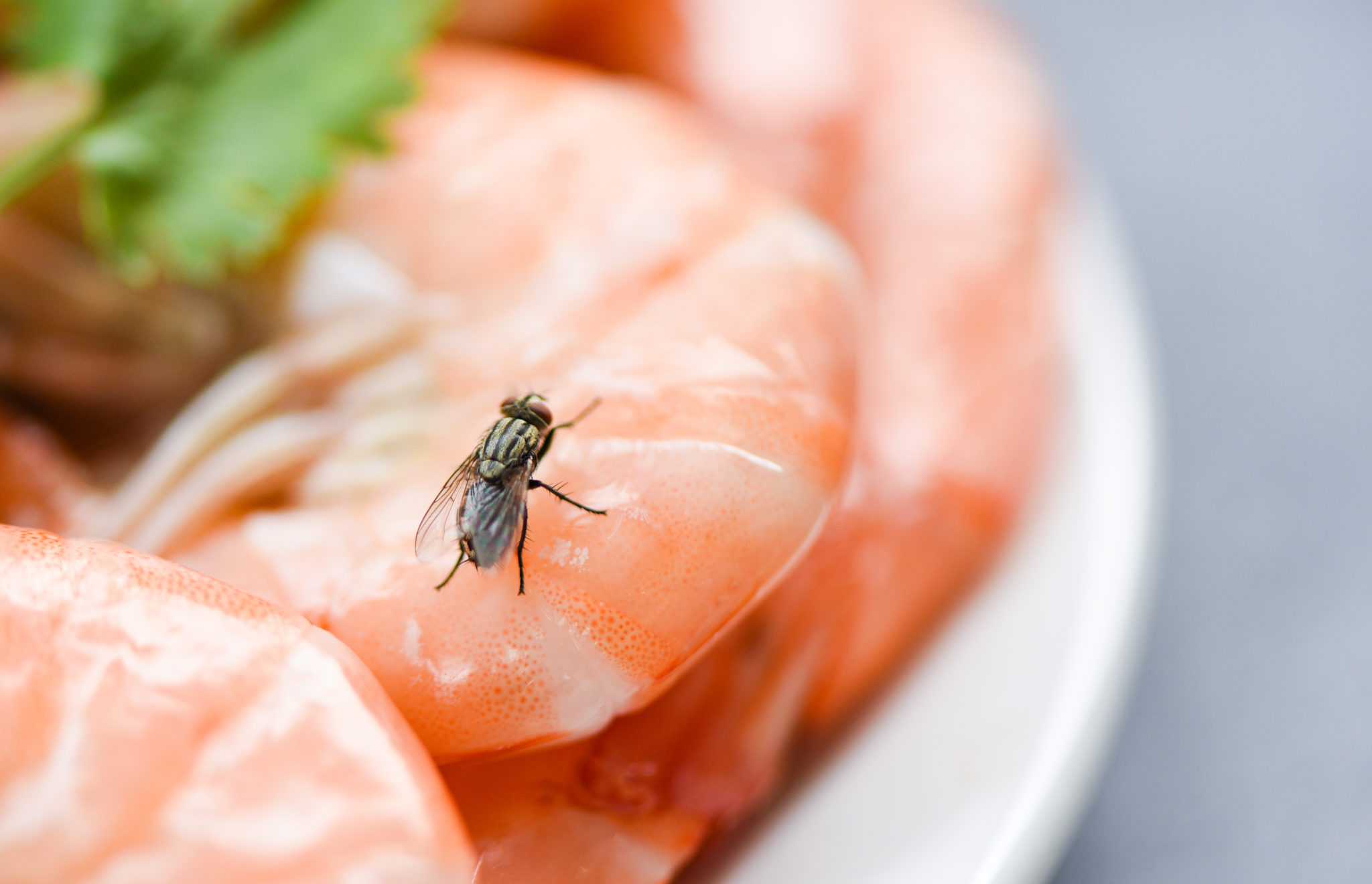
Fly Control for Businesses
Commercial environments are at higher risk, with flies compromising food safety and hygiene. Flick provides integrated solutions tailored to industries such as hospitality, food processing, and healthcare, helping businesses maintain clean environments and protect their reputation.
Commercial Pest Solutions
Integrated Fly Solutions
It is essential for businesses to prioritise the health and safety of their employees and customers. Flies not only pose a health risk but also damage property and reputation. Flick’s professional commercial pest control services provide tailored solutions to prevent and eliminate any pest infestations, ensuring a clean and hygienic environment for everyone. Our regular inspections and treatments help to maintain a pest-free workplace and protect your business from potential pest related damage. Trusting in Flick’s commercial pest control solutions is a smart investment in the long-term success and reputation of any business.
Common Fly Questions
Why are flies pests?
Flies are notorious pests that can detect food sources up to 800 metres away! They traffic germs and bacteria by their indiscriminate feeding. The same fly that feeds on rubbish and animal feces may then land on your food. Flies are most active in sunny conditions and this is when they lay their eggs. Female house flies tend to lay their eggs in damp areas close to food supplies. In a single lifetime, female houseflies can produce up to 2,000 eggs and each batch of eggs contains 75 – 100 eggs. These become larvae in 24 hours.
Why do flies spread disease?
Flies pick up bacteria from decaying matter and transfer it to food. Flies defecate every four to five minutes on average and are known to carry more than 100 pathogens. They can transmit serious diseases like typhoid, tuberculosis, cholera, dysentery, hepatitis, salmonella and parasitic worms. They can also be problematic for livestock or pets, sometimes laying eggs in the crotches of livestock. Larvae can infest on livestock, while adults are both a nuisance and spread germs.
Why are flies worse in summer?
Flies reproduce rapidly in warm weather, increasing their population. Although they have a short life cycle, flies have an extremely high reproductive capacity and feed on diverse food sources. They are also strong fliers, as anyone who has tried to catch them in full flight can attest! Reduction of breeding sites will dramatically reduce the population in a given location. Surface sprays should be applied to where flies are likely to rest during the night or periods of inactivity. They are also attracted to baits because of their scavenging nature.
What’s better, DIY or professional treatment?
DIY options only provide temporary relief, while professional treatment ensures long-term protection. DIY methods do not ensure that the breeding site is eradicated for flies. They tend to only keep flying insects away temporarily and can be a waste of time and money. Professional flying insect control methods are perfect for customers who are looking for a long-term solution. As a premium solution, we also offer Flying Insect Control units for homes and businesses. Ideal for food processing, preparation and storage businesses.
How do Flick technicians treat a fly infestation?
Flick’s pest control experts will first identify the flies plaguing your property. We’ll carry out an inspection that enables breeding sites to be identified, removed and cleaned up. Your technician will also identify any structural issues your home is suffering from, such as damaged weather stripping or torn screens that flies may be exploiting to enter your home. The next step involves the elimination of all adult flies. Depending on the specifics, fly traps, baits, or insecticide might be used.
Common Fly Species
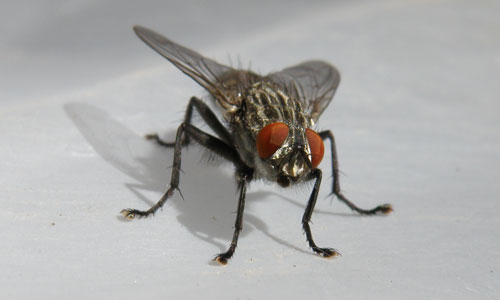
House Fly
Apppearance
Grey in colour, approximately 4 -8mm long. The upper body is covered with four dark grey strips. The whole body has hair-like projections.
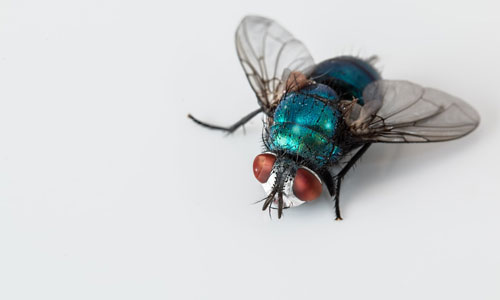
Blowfly
Apppearance
Blowflies are metallic blue, green or black and are noisy in flight. They are larger than houseflies at 8-10mm but resemble them in habits.

Fruit Fly
Apppearance
Very small, oval. 2 – 4mm in length. Tan in appearance with red or dark eyes. Grey underbelly.
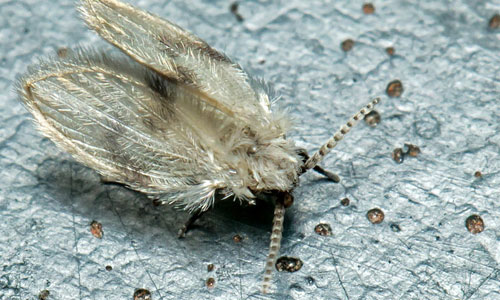
Moth Fly
Apppearance
Moth flies (or Drain flies) are small, about 3mm. They are usually black or brown and have a unique pattern of veins on their wings, as well as numerous hairs.
I found Flies! Help!
Don't worry, we're here to help. Follow these steps to stay safe until help arrives!
Call a Professional
Call Flick Pest Control Immediately.
If you encounter flies in your home or business, you may be dealing with an infestation. Don’t wait until the problem gets out of hand – we can help protect your property and ensure the health and safety of those around you. Fill out the form below or call 1300 270 019 today.
Leave the Flies Alone
Trust Flick Pest Control to handle the situation
Our pest control technicians have the knowledge, experience, and tools necessary to effectively and safely eliminate pests from your home or business. Attempting to treat flies on your own can be risky and may not fully eradicate the problem.
We will and ensure a safe and effective outcome for your property.
There May be More!
Don’t Go Looking Around!
Flick’s pest control experts will perform a thorough inspection of the property to identify any areas where flies may be present, followed by the development of a treatment plan tailored to the specific needs of the situation. By implementing effective pest control strategies, we can help ensure a pest-free environment for you.

